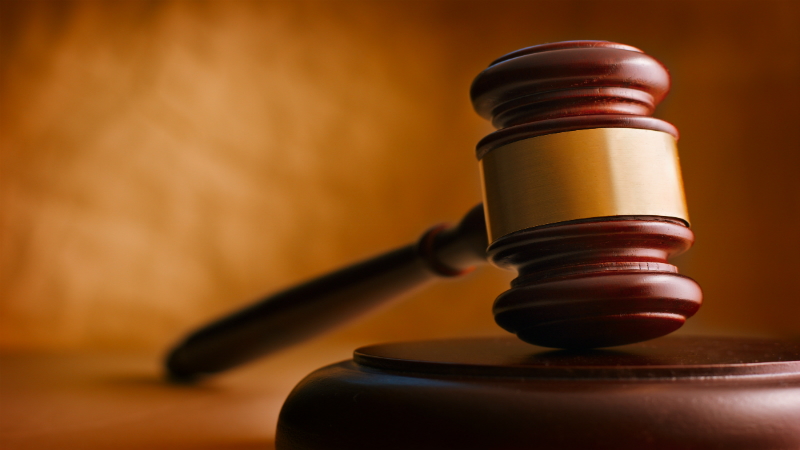Reference to ‘Chapter 7’ brings one thing to mind: bankruptcy. And bankruptcy should always imply a legal status connoting inability of a debtor to meet his financial obligations. But just to make a clarification in this regard, the debtor is not allowed to walk scot-free. The court will usually provide for management of his assets through a trustee appointed by the state.
Contextually, there are two ways of filing for bankruptcy. The first one is through a debtors petition (voluntary bankruptcy) while the second is through a creditors petition (involuntary bankruptcy). All these forms of filing for bankruptcy have their place. That is however a topic for another day. The task in hand is to discuss the filing of a petition through Chapter 7 Lancaster County PA.
It is important to note the United States Bankruptcy Code lists various modes of filing for bankruptcy. These are codified in chapters 7, 11 and 13. Chapter 7 deals with liquidation or ‘straight bankruptcy.’ Chapter 11 governs family farmer reorganization while chapter 13 generally deals with debtor’s rehabilitation through financial reorganization.
What is the implication of the of the ‘straight bankruptcy’ mentioned here in above?
As the word “straight bankruptcy” suggests, Chapter 7 bankruptcy is the standard mode of filing for bankruptcy. A bankruptcy petition under this chapter is usually filed by the debtor whereupon the court, after a determination on the debtor’s inability to discharge his financial obligations, appoints a trustee to administer the properties of the debtor. Not all properties are to be distributed among the debtors. Certain properties such as personal effects and tools of trade are usually exempted under the Act.
The general procedure for filing a bankruptcy petition vides Chapter 7 of the United States Bankruptcy Code is codified in the Federal Rules of Bankruptcy Procedure. First, the debtor files a petition in court which is usually accompanied by an Affidavit. This is through the clerk of the court. In the petition, the debtor states the grounds of filing for bankruptcy. A list of assets must also be attached. Bankruptcy petitions must be in the statutory form provided for in the Code.
What follows next is usually a confirmation of all the assets of the debtors, an analysis of all the creditors and proof of debts. Once the properties of the debtor are ascertained and debts proved, the next step in a Chapter 7 Lancaster County PA petition is a declaration of bankruptcy and vesting of all the non-exempt assets of the debtor to the trustee. The trustee will usually pay out the debts “pari-passu”. This is a Latin phrase meaning “with an equal step”. What is the implication of this? Individual debts will be quantified in percentages and paid in the light of the total amount of debts. This ensures all creditors – regardless of the amount of debt – have a share of the assets.
Chapter 7 Lancaster County PA remains the most common form of filing for bankruptcy.
Chapter 7 deals with liquidation or “straight bankruptcy”. Chapter 11 governs family farmer reorganization while chapter 13 generally deals with debtor’s rehabilitation through financial reorganization. The Chapter 7 in Lancaster County PA petition is the most common mode of filing proceedings under bankruptcy. For more information on this, please visit our website.


